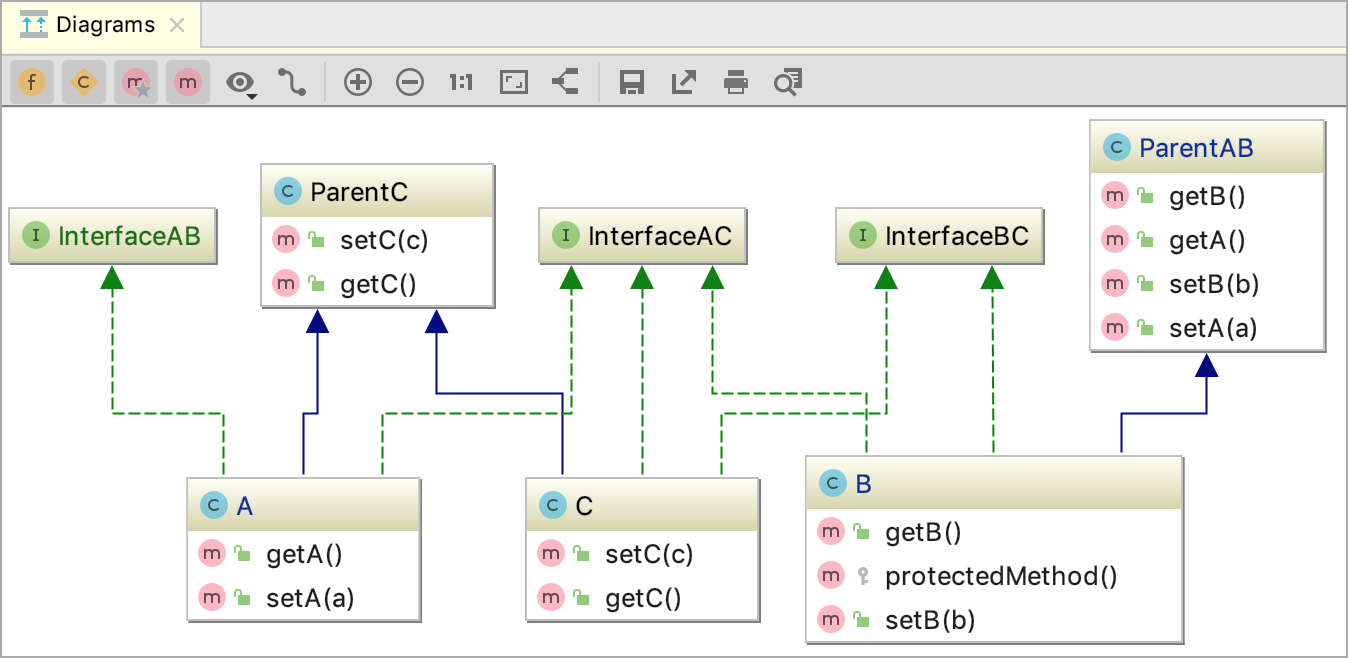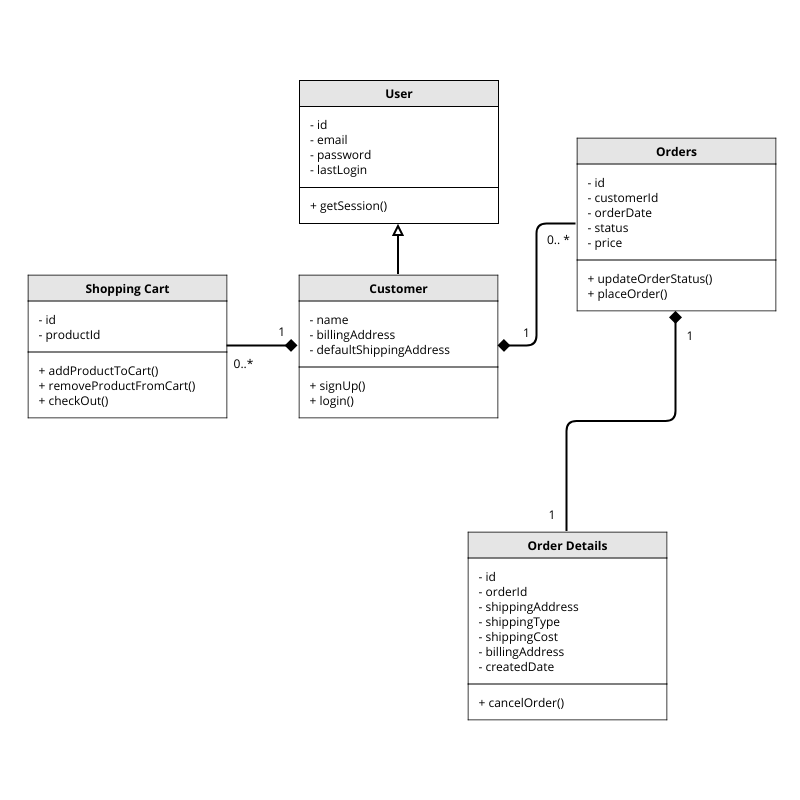

#Uml editor generic class manual
As reported in, the manual definition of new UML profiles is typically a tedious, time-consuming and error-prone process. As highlighted in the recent systematic survey on execution of UML models and UML profiles, Papyrus is the most widely used tool for developing UML profiles.ĭespite the ability of Papyrus to support the development of non-trivial UML profiles, the learning curve and development effort required for developing these profiles are substantial. OMG-compliant UML profiles, like SysML and MARTE, offer implementations for Papyrus. model validation and model-to-model (M2M) and model-to-text (M2T) transformation languages) and 3) enabling multi-paradigm modelling using a combination of UML- and EMF-based DSLs. After more than a decade of development, Papyrus is close to becoming a critical mass for wider adoption in industry as means of 1) escaping proprietary UML tooling lock-in, 2) leveraging the MBSE-related developments in the Eclipse modelling ecosystem enabling automated management of UML models (e.g. Papyrus is a leading open-source UML modelling tool developed under the Eclipse Foundation and driven by the PolarSys Initiative and the Papyrus Industry Consortium, which are spearheaded by large high-technology companies such as Airbus, Thales, Saab and Ericsson.


As a result, alternative ways to define domain-specific languages using dedicated metamodels and textual/graphical editors are available to the users.
#Uml editor generic class software
Moreover, the concepts underlying profile specialisations of existing UML concepts enable users with UML knowledge to adapt to the approach with less effort.Īlthough domain-specific modelling languages and tools that support them, like Sirius or Eugenia, are becoming more popular, UML is still widely used in model-based software engineering (MBSE). Consequently, a profile-based UML model can be created and manipulated by any tool that supports standard UML. The extension mechanism is realised using UML Stereotypes, which extend standard UML meta-elements to describe user-defined DSLs. The basic premise of UML profiling is that all domain-specific concepts are derived as extensions or refinements of existing UML concepts (referred to as UML meta-elements). Īn important advantage of UML profiling for designing DSLs is that it allows the reuse of existing UML tools while exploiting readily, widely available UML expertise. The flexibility and open-ended boundaries of UML profiles facilitated the development of profiles in applications such as performance analysis, quality-of-service investigation in component-based systems, as well as context modelling in mobile distributed systems, Web applications and smart homecare services. UML profiling enables the users to derive domain-specific languages (DSL) from UML’s set of general language concepts. Since version 2.0, UML offers an extension and customisation mechanism named UML Profiling. It offers a broad range of abstractions that can be used to express different views of a system, including Class, Use Case, State, Collaboration and Sequence diagrams.

The unified modelling language (UML) is the de facto standard for object-oriented software and systems modelling. We also perform a user study in which developers are asked to produce identical editors using both Papyrus and Jorvik demonstrating the substantial productivity and maintainability benefits that Jorvik delivers. We illustrate its functionality with examples, and we evaluate our approach by comparing it against manual UML profile specification and editor implementation using a non-trivial enterprise modelling language (Archimate) as a case study. We present Jorvik, an open-source tool that implements the proposed approach. We demonstrate how metamodel annotations and model transformation techniques can help manage the complexity of Papyrus in the creation of UML profiles and their supporting editors. However, with power comes complexity, implementing non-trivial UML profiles and their supporting editors in Papyrus typically requires the developers to handcraft and maintain a number of interconnected models through a loosely guided, labour-intensive and error-prone process. Eclipse Papyrus is a powerful open-source UML modelling tool which supports UML profiling. UML profiles offer an intuitive way for developers to build domain-specific modelling languages by reusing and extending UML concepts.


 0 kommentar(er)
0 kommentar(er)
